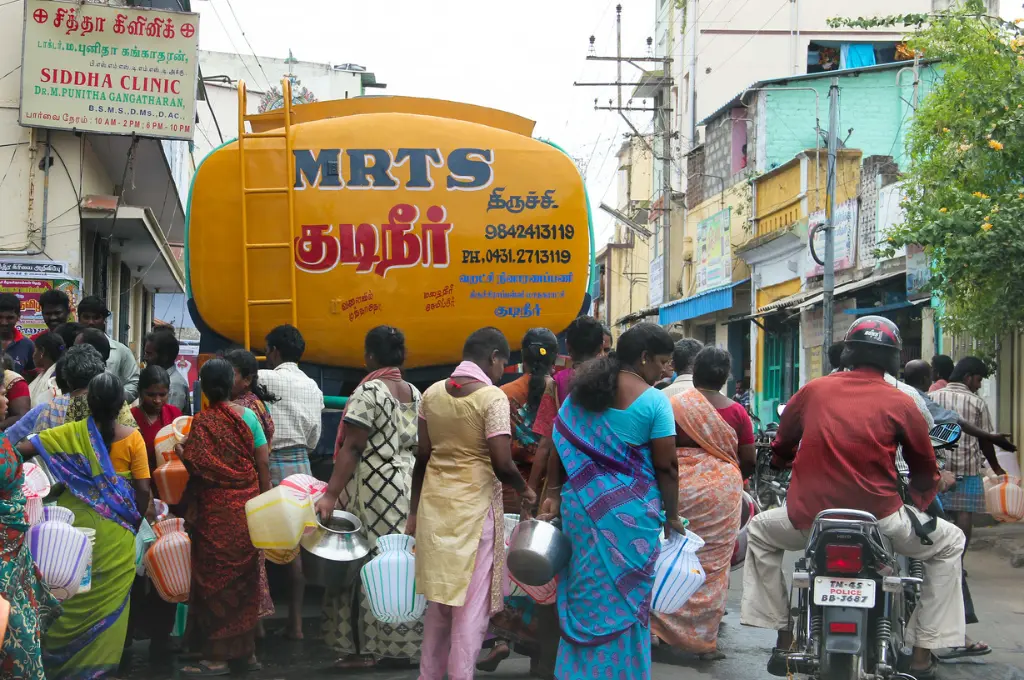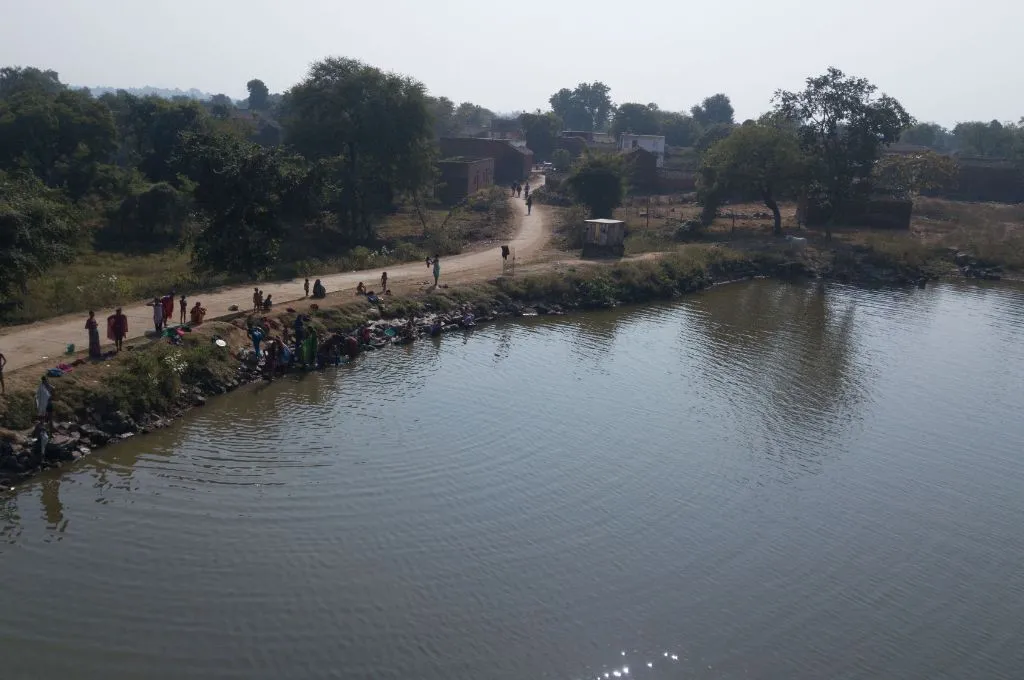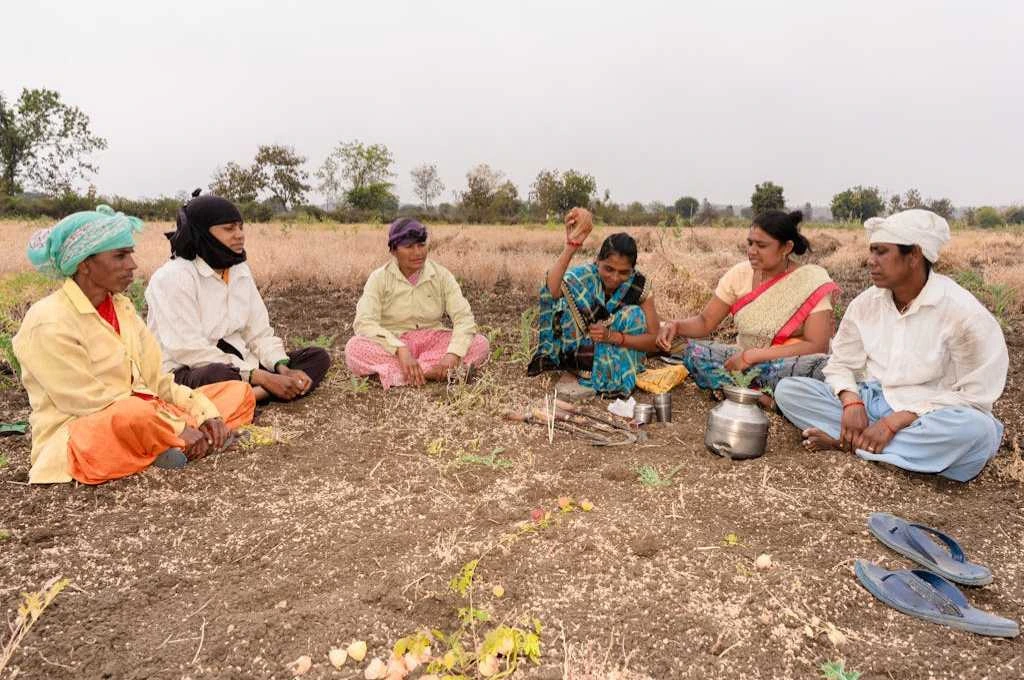How much does a tanker of water cost in Mumbai? About 52 times the price of piped water, a new study has found. The study, published in the form of a working paper by the World Resources Institute, maps water access and affordability in 15 cities around the world, including Mumbai and Bengaluru.
In both cities, it found that piped water supply is erratic: just three hours for three days of the week in Bengaluru and seven hours a day in Mumbai. The worst off are people living in informal settlements who do not have access to piped water and are forced to buy tanker water at exorbitant prices.
Since piped water is subsidised in India, this means “poor households which are not connected to the piped water network are not getting the subsidy,’’ said Dr Victoria Beard, professor of city and regional planning at Cornell University, fellow at the World Resources Institute, and one of the authors of the paper. “So you are subsidising middle or upper-class households that can afford that water anyway.”

Underestimating the water crisis
In 2015, the World Resources Institute, a global research organisation that works on the challenges around the sustainable use of natural resources, launched a project entitled “Towards a More Equal City”. In it, researchers examine the hypothesis that equitable access to natural resources and core services leads to a more sustainable and productive city.
In South Asia, as more people continue to move to cities, many more are living without regular piped water in their homes.
It is within this context that the World Resources Institute published the working paper titled “Unaffordable and Undrinkable: Rethinking Urban Water Access in the Global South”. In addition to Beard, the paper is authored by Diana Mitlin, professor at the University of Manchester and principal researcher at the International Institute for Environment and Development, David Satterthwaite, senior fellow at the International Institute for Environment and Development and a visiting professor at University College London, and Jillian Du, research analyst at the World Resources Institute.
Related article: P Sainath–The water crisis is not caused by drought
The paper starts with the conviction that “equitable access to safe, reliable, and affordable water is a human right”.
The researchers contend that data measuring the progress made by countries towards Sustainable Development Goals set by the United Nations in 2015 underestimates the global water crisis. This is because what is measured is water access, not so much its quality, regularity or affordability. In South Asia, as more people continue to move to cities, many more are living without regular piped water in their homes.

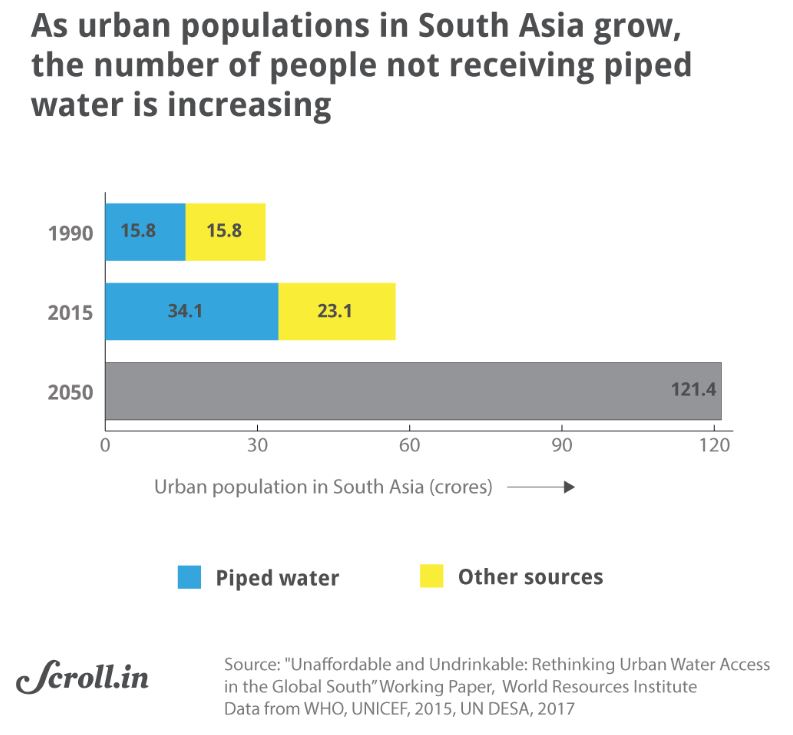
The paper examines 15 cities in the Global South, which is a term used by the World Bank to denote lower and middle income countries. The World Resources Institute looks at three regions in the Global South: South Asia, Latin America and Sub-Saharan Africa.
The cities selected in South Asia were Mumbai, Bengaluru, Karachi, Dhaka and Colombo. They were selected for several reasons: these are rapidly urbanising cities, they have a range of population sizes, they are somewhat representative of the region, and they fulfil practical considerations like the availability of researchers to conduct fieldwork.
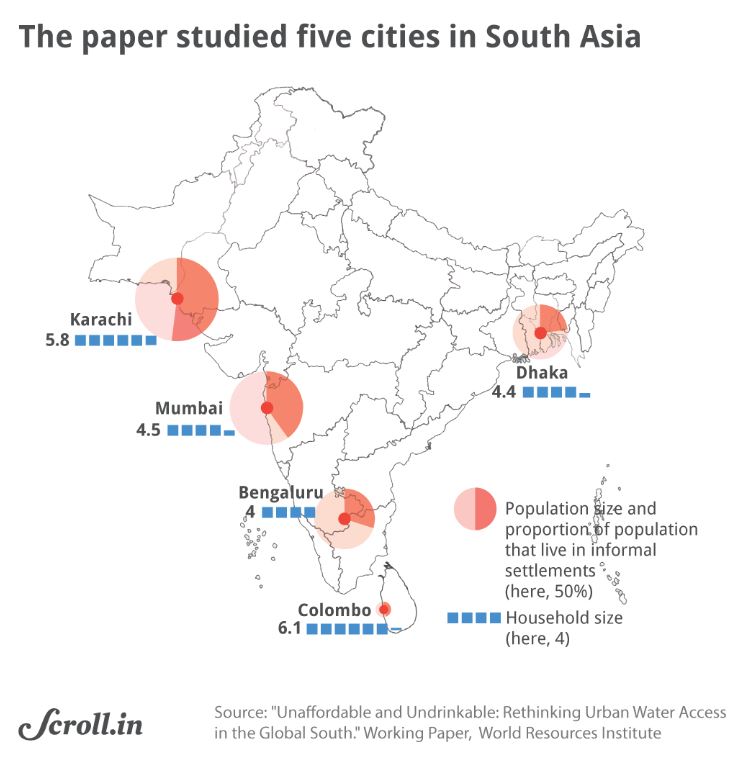
The report is built upon three years of research. While datasets at the city level from publicly available data, administrative records, websites and project records were collected, the researchers also conducted fieldwork at one informal settlement per city to study how conditions in these places differed from average conditions across the city. In Mumbai, the settlement selected was Siddharth Nagar, while in Bengaluru, it was the Koramangala Slum Cluster.
What the researchers found
There are three issues relating to water access that the paper delves into. Firstly, informal settlements are not connected to the piped water network. This is because urban administrations worry that by providing water and sanitation facilities to such settlements, they end up “formalising” them.
Related article: It’s time to re-imagine water systems in cities
Secondly, the price of water is not set efficiently. As Beard pointed out, it is piped water that is subsidised, which means that those who don’t have piped water – the poorest households – don’t benefit from the subsidy.
The World Bank recommends that a household spend no more than 3%-5% of its income on water. But if households are paying for tanker water, they end up paying a lot more. In Mumbai, tanker water is 52 times the price of piped water, while in Bengaluru it is 12 times the price of piped water.
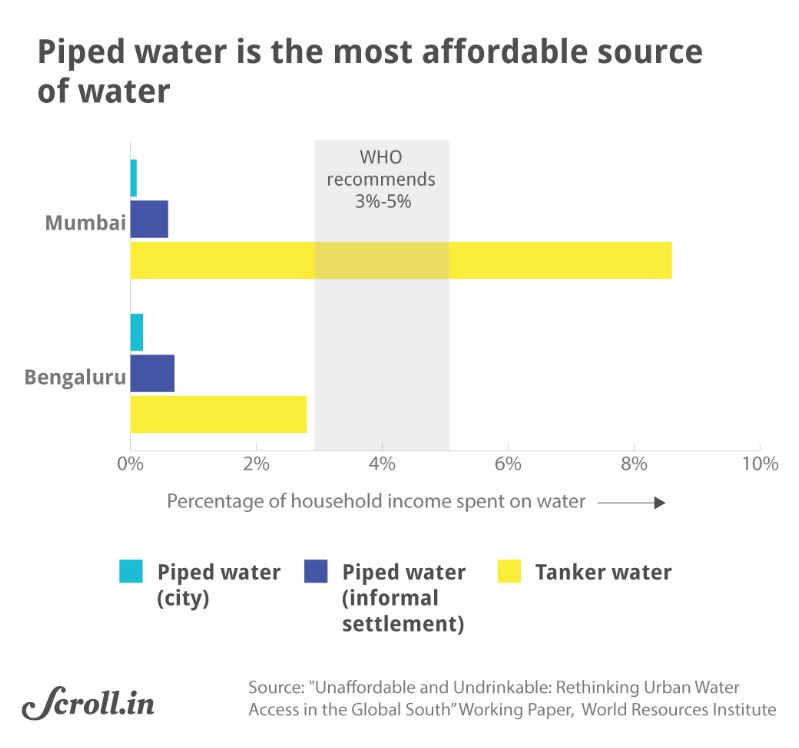
Thirdly, the areas that do get piped water don’t get a 24-hour supply through the week. This intermittence in water supply means that people spend much of their time waiting to collect water, whenever it comes. It also means that when water pressure is low in the pipes, they can get contaminated from sewage, groundwater and other sources, through cracks. When the system is repressurised, this contaminated water is delivered to people’s taps.
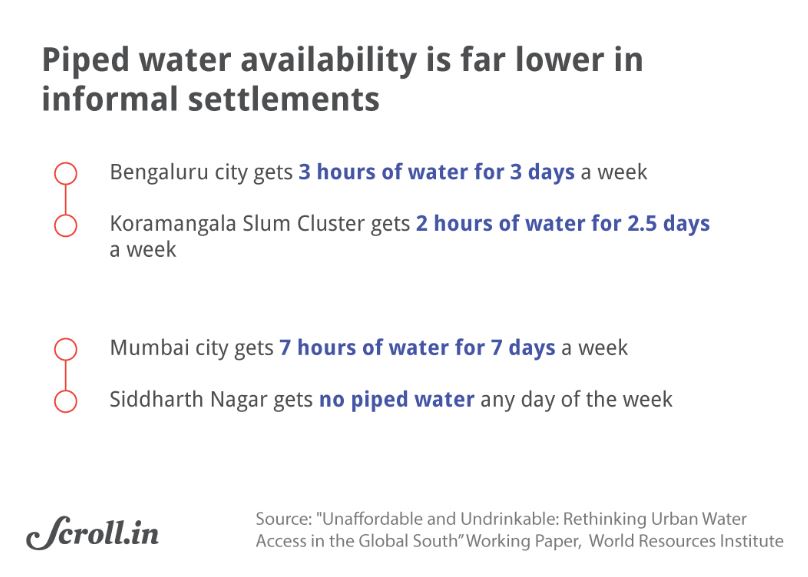
Then there are unique challenges to each city. For instance, in Bengaluru, there is a “water mafia” that captures the water from the community standpipe and charges a higher price for it. In Colombo, there is a floating population that comes into the city in the day and leaves at night, which affects water consumption patterns there significantly.
What the report recommends
The authors recommend urban administrations focus on four action areas to ensure equitable water access for all.
The first is an efficient way to move water, for which the authors strongly advocate extending the piped network. They found it was the least expensive way of providing water, after studying a variety of ways of moving water, including trucking it, pushcarts and bottled water.
The second is addressing the intermittence of water supply and variations in water pressure. “Predictability will speak to water anxiety,” said Beard. “If done well, it can reduce the cost of water, because people don’t need to queue, people don’t need to hoard.”
Globally, 20%-50% of treated water is lost as non-revenue water.
Although India is dependent upon the monsoons for the periodic refilling of its reservoirs, Beard said that countries with less rainfall than India still manage a 24×7 water supply, even through the summer months. She pointed to the loss of what is called non-revenue water: treated water that is put into the system and lost before revenue can be collected on it. Globally, 20%-50% of treated water is lost as non-revenue water. She suggested that installing water meters for all households and regular maintenance and repair of the piped water network would go a long way in checking these losses.
Related article: Water is getting scarce in India, but not for everyone
The third is making water more affordable. For this, there is the example of free basic water in South Africa, where access to water is a constitutional right and every household gets 9 cubic metres of water for free. There are also other innovations that could apply to water pricing, including incremental tariffs based on usage, cross-subsidies with other services and targeted subsidies to particular neighbourhoods.
Lastly, the authors recommend working with informal settlements to improve their conditions rather than displacing them. In Colombo, for instance, the Samurdhi programme in the 1990s initiated policies for improving slums which were re-labelled as “under-served settlement”. Today, almost 98% of the city has access to piped water, if not at the household level then at least in a shared yard.
“When you look at all the upgrading efforts in the Global South, [working with informal settlements] has been one of the most effective methods for getting low-income households access to water and sanitation,” said Beard.
This article was originally published on Scroll.in.


